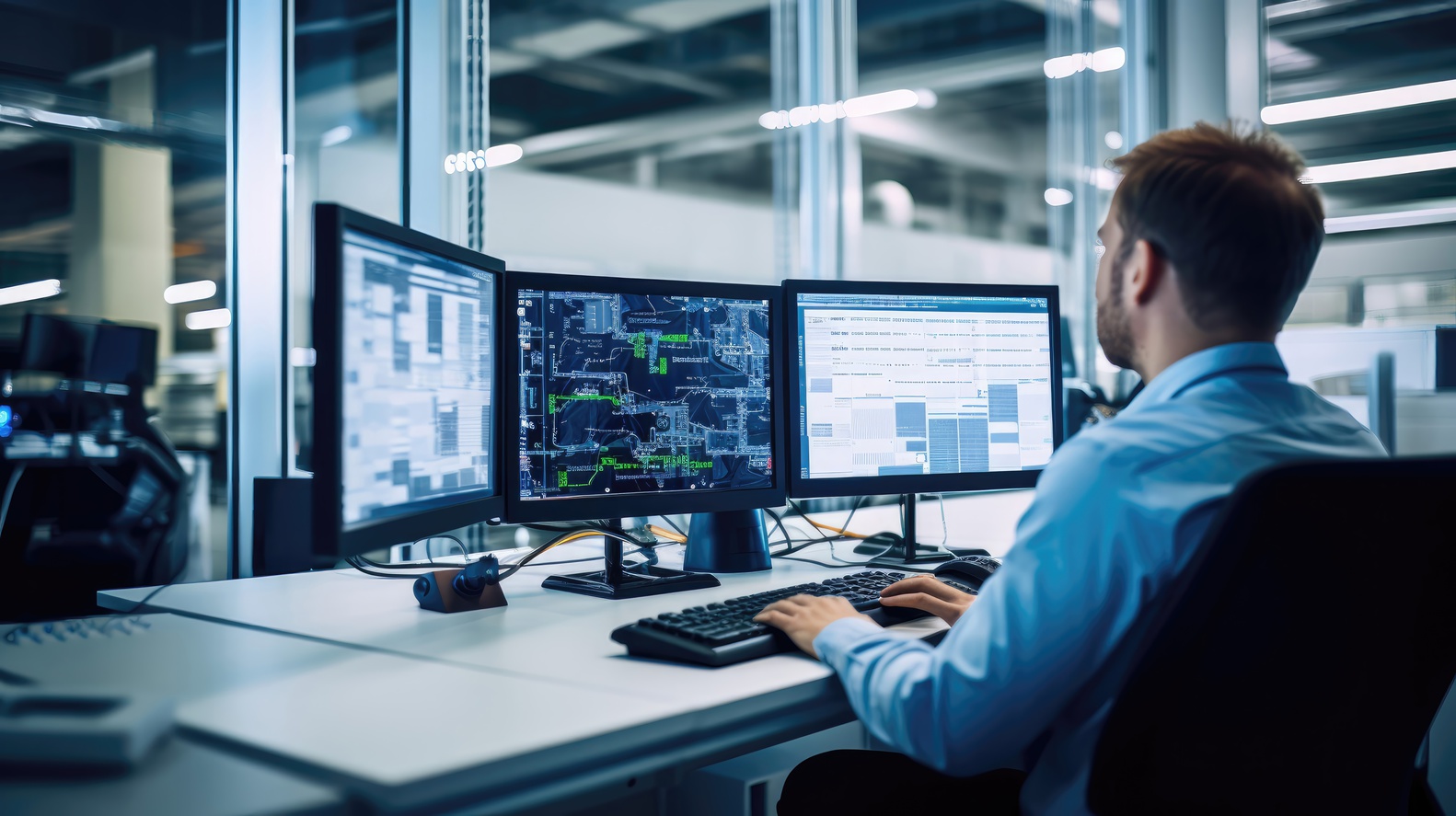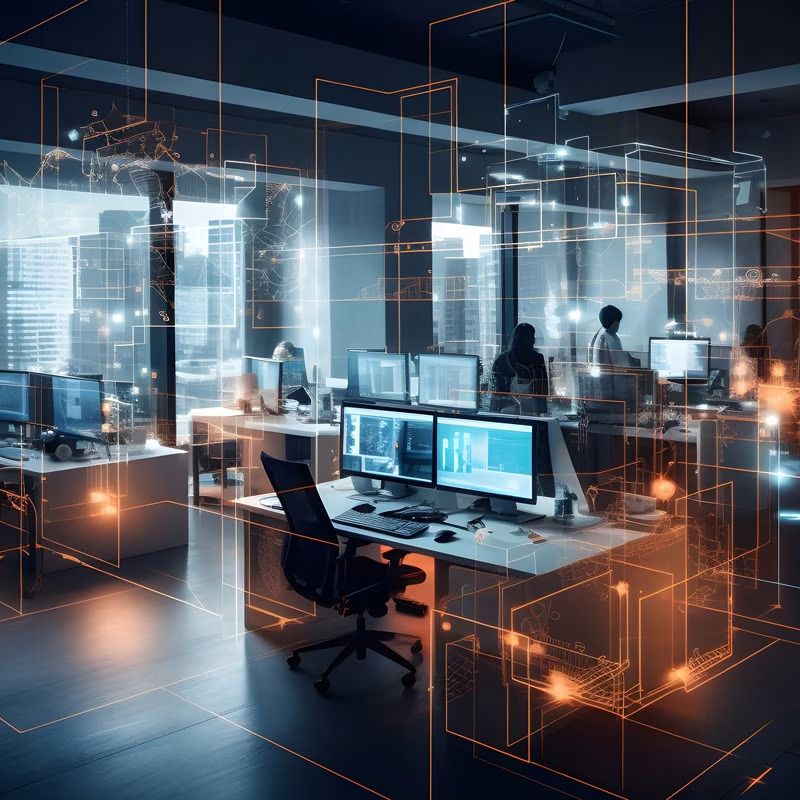
The Architectural Engineering and Construction (AEC) industry is on the brink of a technological transformation, largely driven by Artificial Intelligence (AI). Moving forward, AI will significantly influence industry professionals in two key ways: as a catalyst for creativity and as a productivity enhancer.
Professionals who embrace AI technology for these purposes will likely gain an edge over those who do not, enabling them to outpace competitors through more innovative thinking and faster project delivery. Let’s explore how to stay ahead in this evolving technological landscape.

The Landscape: Anxiety Around AI Takeover
Creativity is the cornerstone that differentiates one professional designer or firm from another. There is a widespread fear that AI might eventually replace human creativity. However, while AI is not yet capable of handling mundane tasks like laundry and dishes, concerns about AI supplanting specific jobs are not unfounded. Historically, technological progress has disrupted labor markets but also created opportunities for those who can leverage new technologies effectively.
The Upside: AI as a Source of Inspiration
AI has the potential to generate new job opportunities and free humans from repetitive tasks, allowing them to focus on creativity, emotional intelligence, and strategic thinking—skills that AI cannot mimic. For architects and engineers, this translates to more time for innovative design, client interactions, and complex problem-solving.
According to the RIBA AI Report 2024, 41% of firms have started using AI for at least occasional projects. Companies like Trimble SketchUp are actively creating opportunities for their clients amid this evolving technological landscape.
Unleashing Creativity with AI
AI helps professionals explore new possibilities, streamline the creative process, and bring innovative ideas to life efficiently and accurately. Here are two examples:
1. Image generation in SketchUp:
Diffusion [LABS] harnesses AI within SketchUp to create rendered images quickly. This tool leverages generative AI to produce images that inspire creativity and support design narratives, helping you focus your creative vision.
2. Intelligent editing in Photoshop:
Adobe Sensei automates complex photo editing tasks such as selecting and masking subjects, refining hair details, and replacing skies, allowing artists to concentrate on creativity rather than tedious tasks.
Boosting Productivity with AI
The AEC industry constantly grapples with deadlines, budgets, and resource constraints. AI emerges as a game-changer in these areas, enhancing productivity throughout project lifecycles. Here are some ways AI can boost productivity:
1. Automation of repetitive tasks:
AI can handle routine tasks, allowing employees to focus on more complex activities. AI-driven data processing and analysis can significantly reduce the time spent on manual data handling.
2. Improved decision-making
AI systems can quickly and accurately analyze vast amounts of data, providing insights that aid informed decision-making.
3. Enhanced accuracy and insights
AI minimizes human error in data entry, analysis, and other processes, ensuring higher accuracy and reliability. It can analyze trends and patterns to provide actionable insights, helping businesses adapt strategies and operations in real time.

In SketchUp, AI enhances productivity through features like automated 3D model organization and improved search functionality. SketchUp’s Scan-to-Design [Labs] allows users to scan, design, and collaborate within one app, converting scan data into organized 3D geometry. The AI-enhanced image search for SketchUp’s 3D Warehouse helps users quickly find the perfect model from millions of pre-built options, speeding up design workflows.
Learning and adopting AI can be challenging, but those who embrace it can significantly boost efficiency, accuracy, and creativity, enhancing their contribution to their organization’s growth and client retention.


